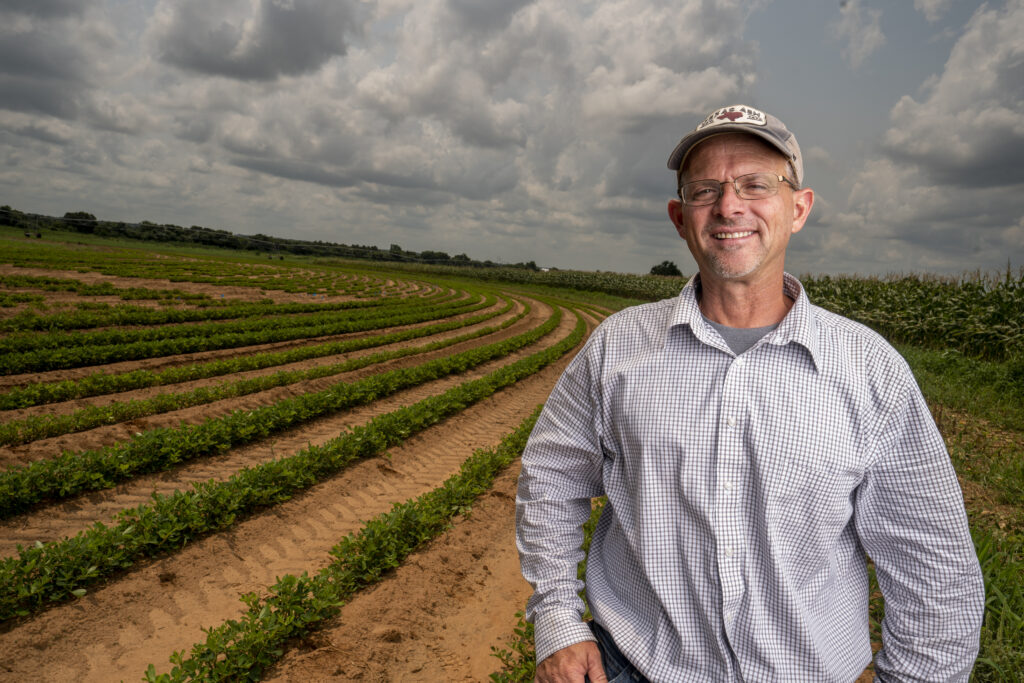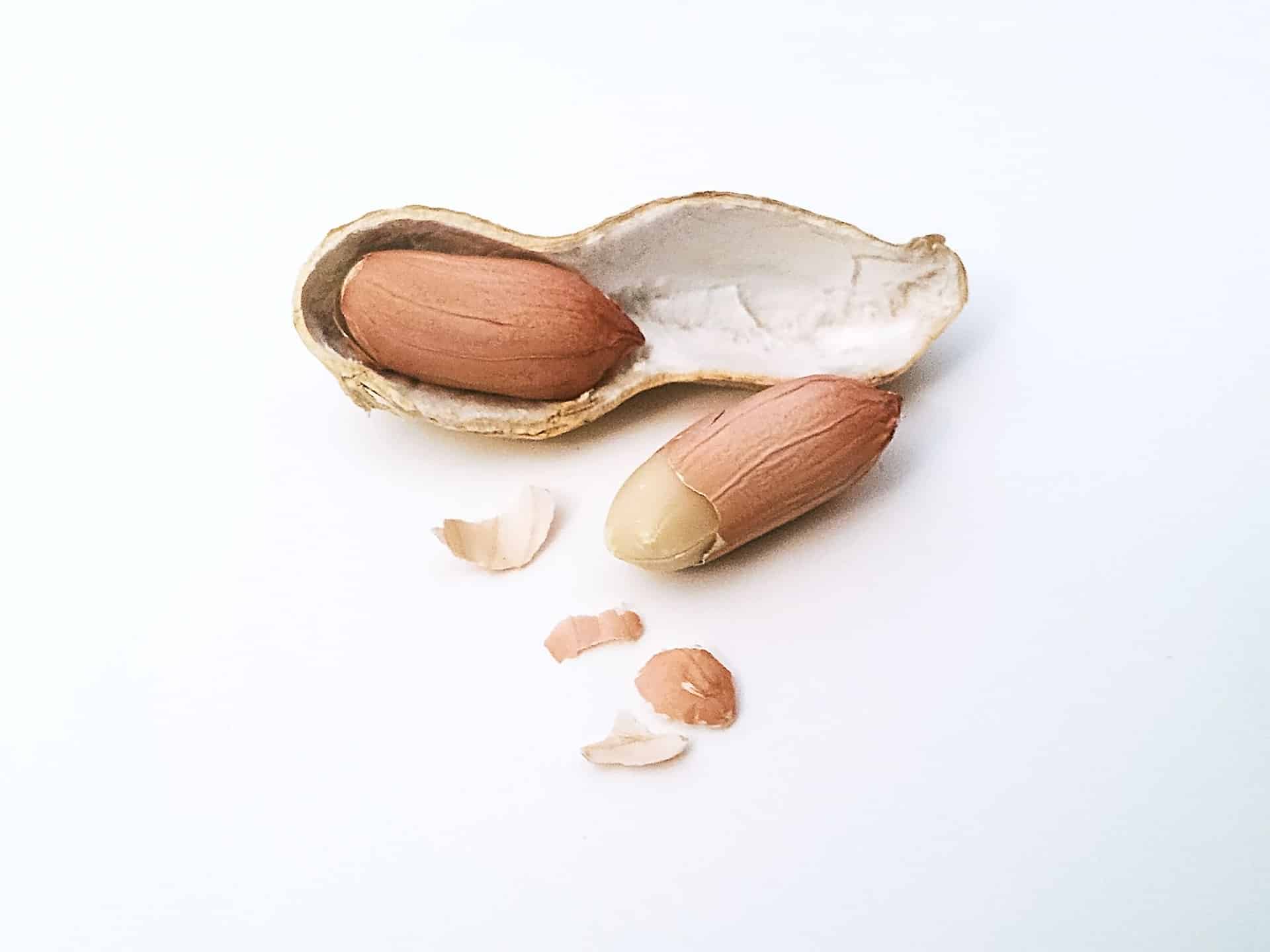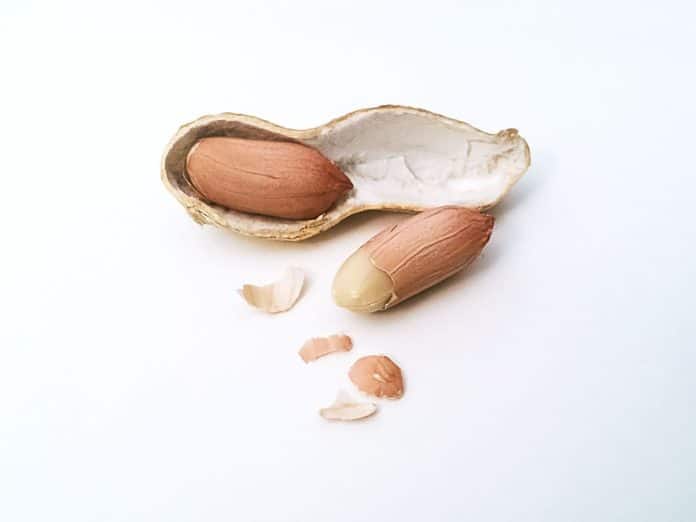Seed World recently spoke with some of the leading peanut breeding experts in the U.S. about their research and what it could mean for growers around the country.
Peanut breeding has often flown under the radar when it comes to the world of agricultural research. Unlike crops such as corn and soybean where billions of dollars have been spent exploring new varieties and traits, peanut has typically received a fraction of the funding and attention that’s been devoted to those other crops.
“I would say the biggest difference between corn, soy and peanut is that peanut has only recently developed the capacity and the research over the past seven or eight years to have the detailed level of knowledge of the genome that we currently have today. We’re probably about 10 or 15 years behind the other crops,” says Barry Tillman, a professor of agronomy at the University of Florida, which has been conducting peanut breeding since the 1920s.
“The advantage for peanut is that there has been a lot learned from other crops in the past two decades that we can apply to peanut. The knowledge that was gained from those other crops and other species has really helped develop the knowledge that we have now because there are better tools available to sequence the genome.”
Florida
Florida generally ranks among the top three peanut-producing states in the U.S. and grows about 175,000 acres of peanuts in a typical year with a farm gate value of between $120 and $140 million.
It’s also one of the most important regions in the country when it comes to peanut breeding research. Leading the way in that research is the University of Florida and its Florida Peanut Team. One of the research projects currently underway at Florida is a study of water stress tolerance in peanuts. The aim of the project, which is being partly-funded by the USDA, is to give researchers a better understanding of the traits in a peanut plant that allow it to be more or less drought tolerant. The study is ongoing and it will be at least a year before the final results of the study are published, but Tillman says it has already produced some intriguing data.
“We think that we have some interesting root traits that have never been studied before in peanut at least,” he explains. “We hope that will allow us to understand not just the above ground response to drought, but also the root response. That’s a very hard thing to do because roots are not visible until you dig them up and phenotype them, and that is a lot of work.”
Tillman says the study isn’t likely to produce a “magic bullet” to combat drought. However, it could provide growers with a better understanding how different genotypes in peanuts respond to drought conditions and which peanuts are better suited to full water conditions and those that fare well in more arid conditions.
“It could mean ultimately that you have some genotypes marketed for irrigation and other that will be marketed for dryer conditions,” he adds.
Another project Florida’s peanut team is currently working on is a study of aflatoxin and how to combat it. Aflatoxins are potentially poisonous carcinogens produced by certain molds or fungus. The Florida study is focused on gaining a better understanding of the environmental and genetic factors that contribute to aflatoxin production in the peanut. It will also look at how peanut plants respond once they are infected by the fungus. The hope is that the study’s results will help growers to be able to tell more quickly if a plant has become infected through environmental data such as soil temperature and moisture content.
Texas A&M
Another institution leading the way in peanut breeding research is Texas A&M. The school has had an active peanut breeding program since 1939 and released its first variety back in the early 1950s. For more than 30 years, the school’s Charles Simpson collected germplasm from wild peanuts in South America which became part of a national germplasm collection operated by the U.S. government.
That germplasm was used to develop the program’s first nematode-resistant peanut variety in 1998. Three other nematode-resistant varieties were subsequently developed. A fifth variety is currently in development at the school and is expected to be officially released by 2023.

John Cason, an assistant professor of peanut breeding and genetics at Texas A&M, says this new variety has been adapted to the conditions in Texas but could be a welcome addition in other regions too. In addition to offering greater nematode resistance and higher yields, this fifth generation offering also has a high oleic oil (unsaturated fat) ratio meaning it could offer longer shelf life and heart health benefits.
As part of its Multi-Disease Resistance Program, Texas A&M is also working on a number of new varieties that combine nematode resistance with Sclerotinia resistance in the same cultivar and it hopes to eventually add tomato spotted wilt virus and leaf spot resistance down the road.
“We’re trying to heard all the cats in one direction,” Cason says, laughing. “That’s hard to do but we’re making progress.”
One of the most promising recent advances was the development of its own $1.3 million, state-of-the-art peanut sheller. The sheller has a one-ton per hour capacity, processes lots as small as 250 pounds and has an electric eye that makes seeds sorting easy and efficient.
Cason says the seed sheller promises to be a “game-changer” for peanut research at the university.
HudsonAlpha
HudsonAlpha is a non-profit biotechnology institute in Huntsville, Ala. Five years ago, it played a key role in a project that assembled a detailed history of the cultivated peanut genome. This past summer, the HudsonAlpha Center for Plant Science and Sustainable Agriculture released a new computational tool called Khufu that is revolutionizing plant breeding, especially for peanuts and other niche crops.
Khufu was developed by HudsonAlpha faculty investigator Josh Clevenger, an agricultural geneticist, in collaboration with computational biologist Walid Korani. What makes it unique is that it uses low coverage, short-read sequencing data to provide genotyping results at a fraction of what it costs using other methods.
Not only can Khufu identify and analyze variants in complex genomes at a fraction of the price, but it can also produce results in just a matter of days with a 99% accuracy rate. Clevenger says this makes it ideal for all breeding programs, even small to medium sized breeding programs and institutions that have limited resources to devote to this type of analysis.
“There’s been a ton of interest. Up until now it’s been mostly through word of mouth,” Clevenger says. “No one we’ve talked to so far has turned us down yet. Once we talk to them about what we have and what we can do for them,
everyone is like, yes, absolutely, we want to do this.”
If You Liked This, Read:
New Breeding Techniques Could Change Vegetable Breeding
Bringing the Corpse Flower Back to Life












